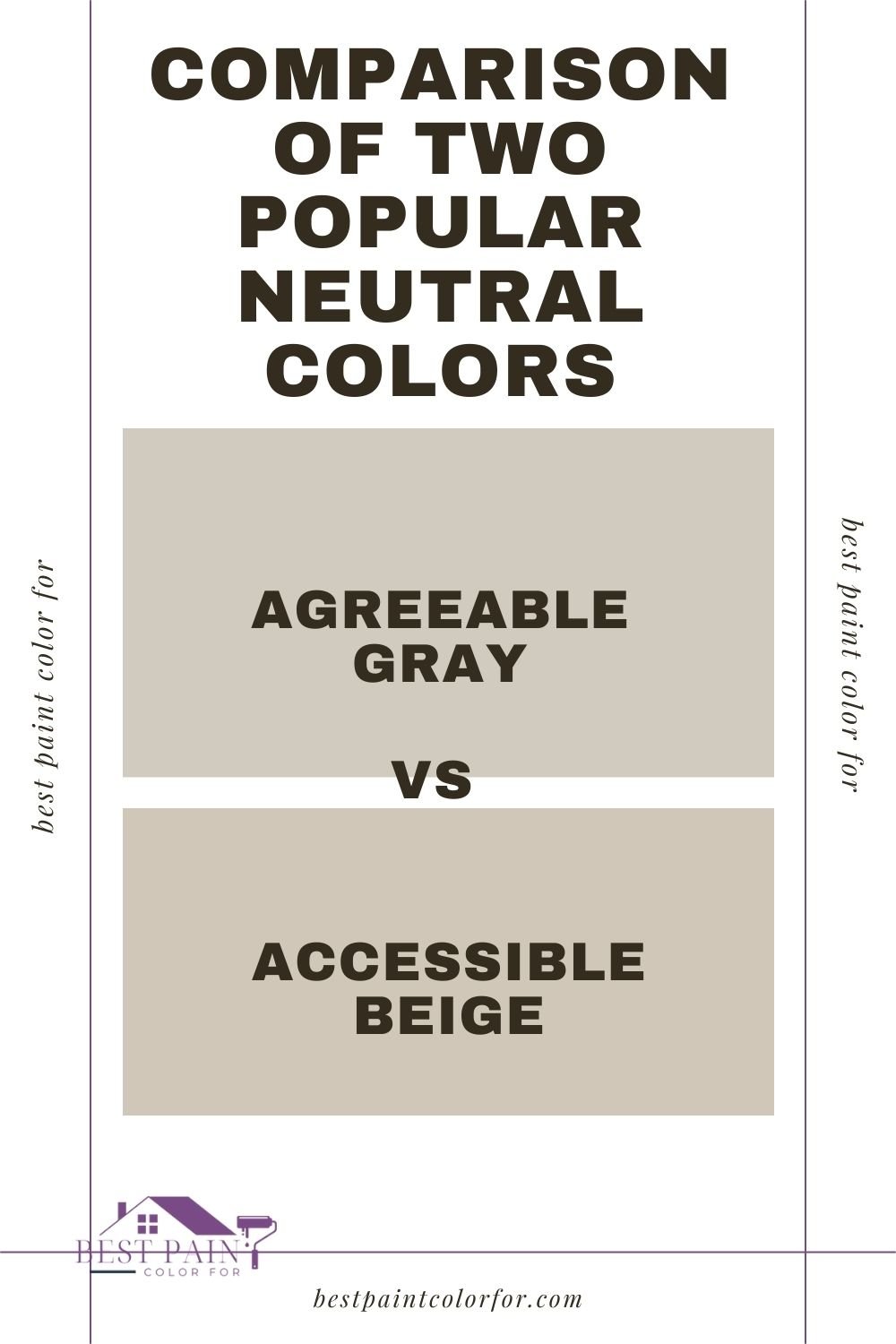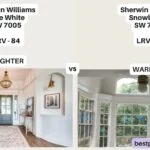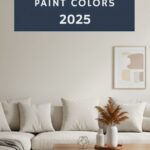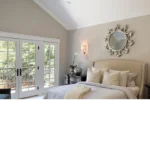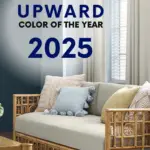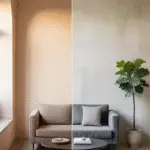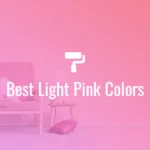Greige paint colors have taken the interior design world by storm, and it’s no wonder why. They offer the warmth and comfort of beige while incorporating the modern and intriguing aspects of gray.
In this blog post, we’ll explore two of the most popular greige options from Sherwin Williams: Agreeable Gray vs Accessible Beige.
Let’s delve into the similarities and differences between these two versatile shades.
- Similarities between Agreeable Gray and Accessible Beige
- Difference Between Agreeable Gray and Accessible Beige
- How to choose the best between Accessible Beige and Agreeable Gray?
- Frequently Asked Questions
- 1. Is accessible beige or agreeable gray better?
- 2. Does agreeable gray look gray or beige?
- 3. What color is better than agreeable gray?
- 4. Can you use agreeable gray and accessible beige together?
- 5. Is Agreeable Gray too dark?
- 6. Why is Agreeable Gray so popular?
- 7. What is 2 shades darker than Agreeable Gray?
- The bottom line
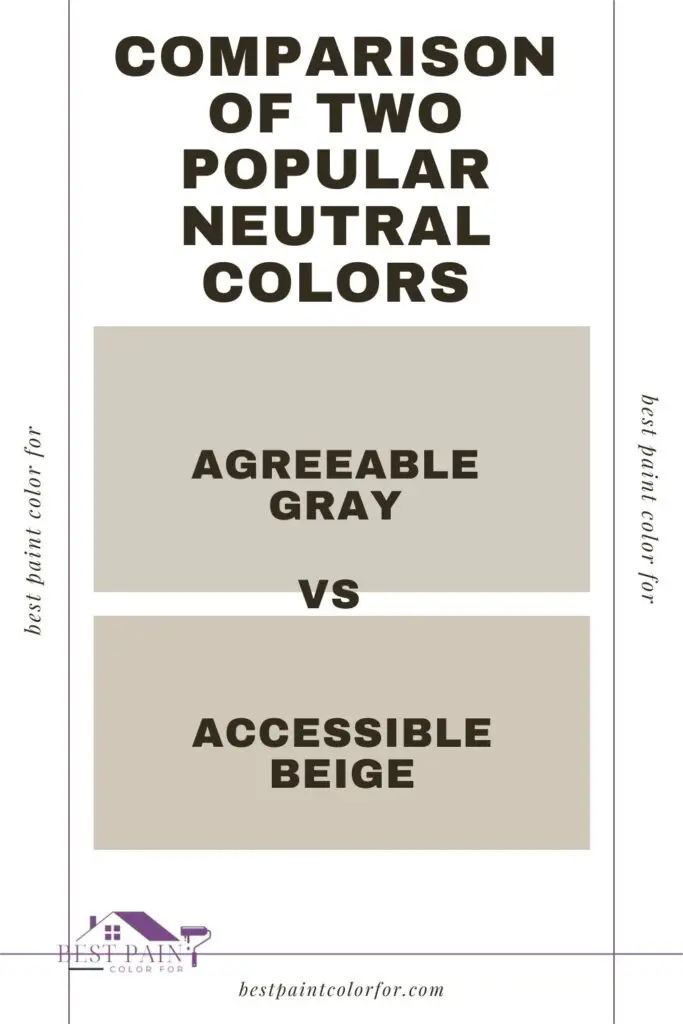
Similarities between Agreeable Gray and Accessible Beige
At first glance, Agreeable Gray and Accessible Beige may appear nearly identical. To spot the nuances, you’ll need to place them side by side.
Both colors have a Light Reflectance Value (LRV) close to each other, with Agreeable Gray at 60 and Accessible Beige at 58. This slight difference in LRV means that Agreeable Gray is just a tad lighter, but the variance is not significant.

Pro Grade Paint Roller Kit, Brush & Roller for Professionals & Homeowners
Perfect for smooth finishes on your interior walls. Ideal for home improvement enthusiasts!
Buy Now on AmazonAlso Read: The 17 best green-gray paint colors for 2023

Difference Between Agreeable Gray and Accessible Beige
The most significant distinction between these two greige options lies in their undertones.
Main difference between Accessible Beige and Agreeable Gray, is tone and brightness. Agreeable Gray is lighter and cooler, blending gray and beige for a modern feel whileAccessible Beige offers traditional beige warmth without gray undertones. Accessible Beige is warm and classic, while Agreeable Gray is contemporary and sophisticated.
If we analyze the RBG (red, blue, green) counts, Agreeable Gray exhibits more blue and green compared to Accessible Beige. This subtle variation results in Agreeable Gray feeling slightly less warm in comparison.
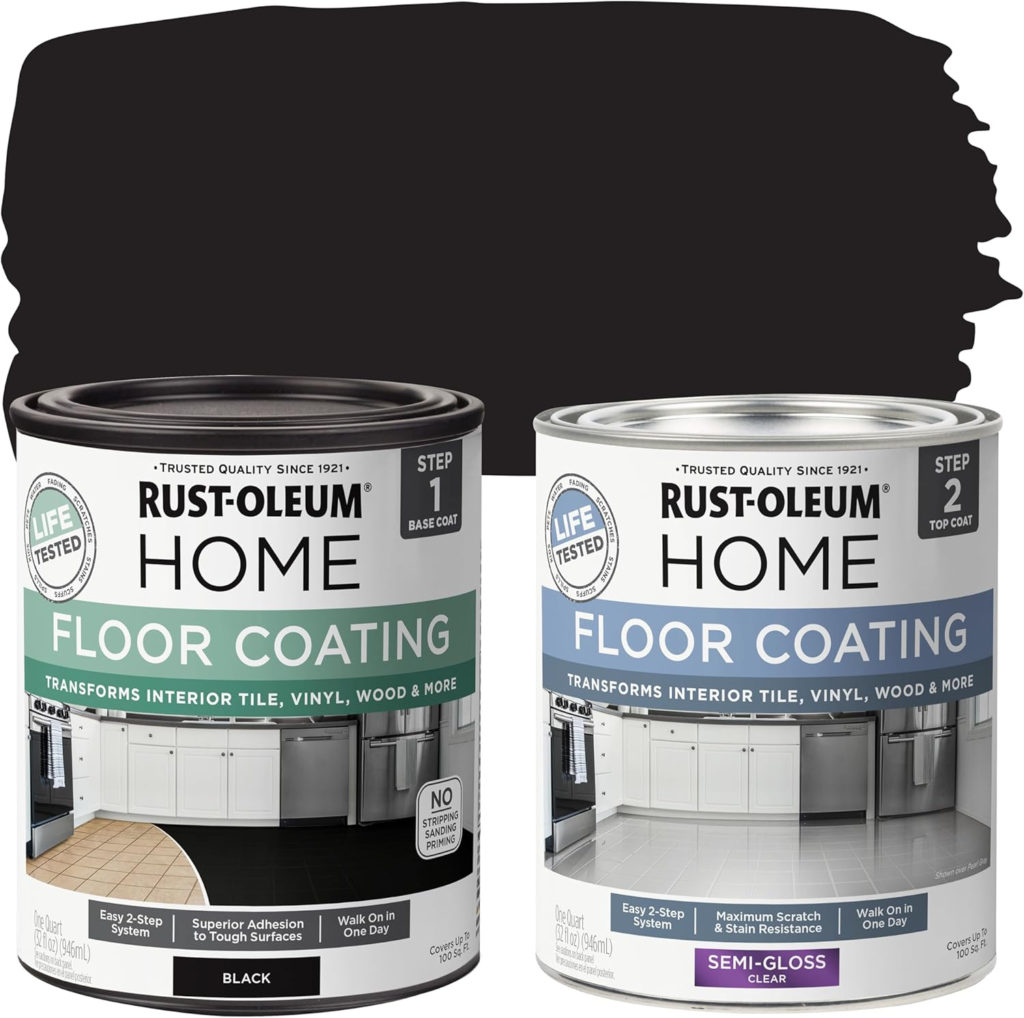
Rust-Oleum 367605 Home Interior Floor Coating Kit, Semi-Gloss Black
Ideal for updating outdated flooring at a fraction of the cost of replacement and adheres without stripping, sanding or priming.
Buy Now on AmazonAgreeable Gray:
- LRV: 60
- Undertones: A warm-toned shade of gray with pink/yellow/tan undertones.
- RBG: R: 209 G: 203 B: 193

Accessible Beige:
- LRV: 58
- Undertones: A warm tan-beige color with significant gray undertones.
- RBG: R: 209 G: 199 B: 184
Agreeable Gray’s undertones include a touch of pink and yellow, providing it with a tan-like appearance. It also incorporates some blue and green, making it less warm compared to Accessible Beige, which primarily features tan and pink undertones, giving it a cozier look.
Also Read: The best colors that go with sage green

How to choose the best between Accessible Beige and Agreeable Gray?
When it comes to choosing between Accessible Beige and Agreeable Gray, neither is definitively better than the other. It all depends on your preferences and the atmosphere you want to create. However, if you’re leaning towards a truer neutral, Agreeable Gray is the safer choice. It’s worth mentioning that sampling these colors in your own space is crucial to ensure they complement your lighting and decor.
Also Read: Sage Green Vs Olive Green – Let’s pick the best color
Frequently Asked Questions
1. Is accessible beige or agreeable gray better?
When choosing between Accessible Beige and Agreeable Gray, it comes down to your preference. Accessible Beige radiates warm beige, while Agreeable Gray offers a cooler, modern touch. Both have their merits, so it’s about what suits your style.
2. Does agreeable gray look gray or beige?
Agreeable Gray leans towards gray with a subtle touch of beige, making it a versatile, neutral shade that works well in various settings.
3. What color is better than agreeable gray?
If you’re seeking alternatives to Agreeable Gray, consider shades like Repose Gray or Alabaster, depending on your style and décor.
4. Can you use agreeable gray and accessible beige together?
Yes, combining Agreeable Gray and Accessible Beige can create a harmonious and balanced color scheme in your space. These colors complement each other well, allowing for versatile design options.
5. Is Agreeable Gray too dark?
No, Agreeable Gray is not too dark. It’s known for its light and neutral appearance, making it a popular choice for many spaces.
6. Why is Agreeable Gray so popular?
Agreeable Gray’s popularity stems from its versatility. It strikes a balance between gray and beige, offering a modern yet warm tone that complements various design styles.
7. What is 2 shades darker than Agreeable Gray?
Two shades darker than Agreeable Gray would be a darker gray or a color like Dorian Gray, providing a deeper and richer tone while maintaining a neutral palette.
The bottom line
In the end, there’s no one-size-fits-all answer to which color is better. It’s a matter of personal preference and the atmosphere you want to achieve. If you’re looking for a timeless, classic beige, Accessible Beige is your choice. But if you want something a bit lighter and cooler, Agreeable Gray is the way to go.
Remember, when it comes to paint, it’s always a good idea to get samples and see how they look in your own space. Lighting and other elements can make a big difference in how a color appears.
So, whether you’re leaning towards Accessible Beige or falling for the charm of Agreeable Gray, the most important thing is that you choose a color that makes your home feel like your own personal haven. Happy painting!
Further Read: 40+ Best Olive Green Paint Colors Must Use in 2023

